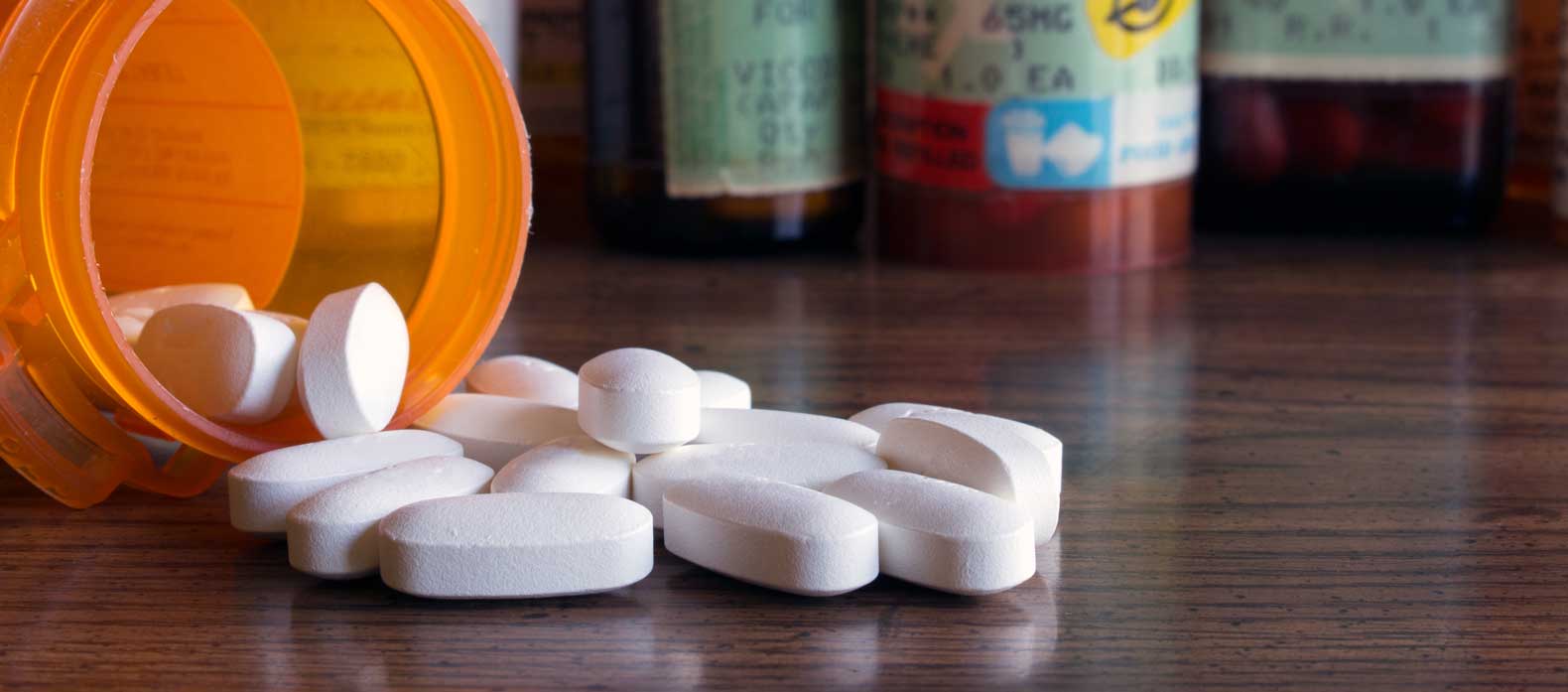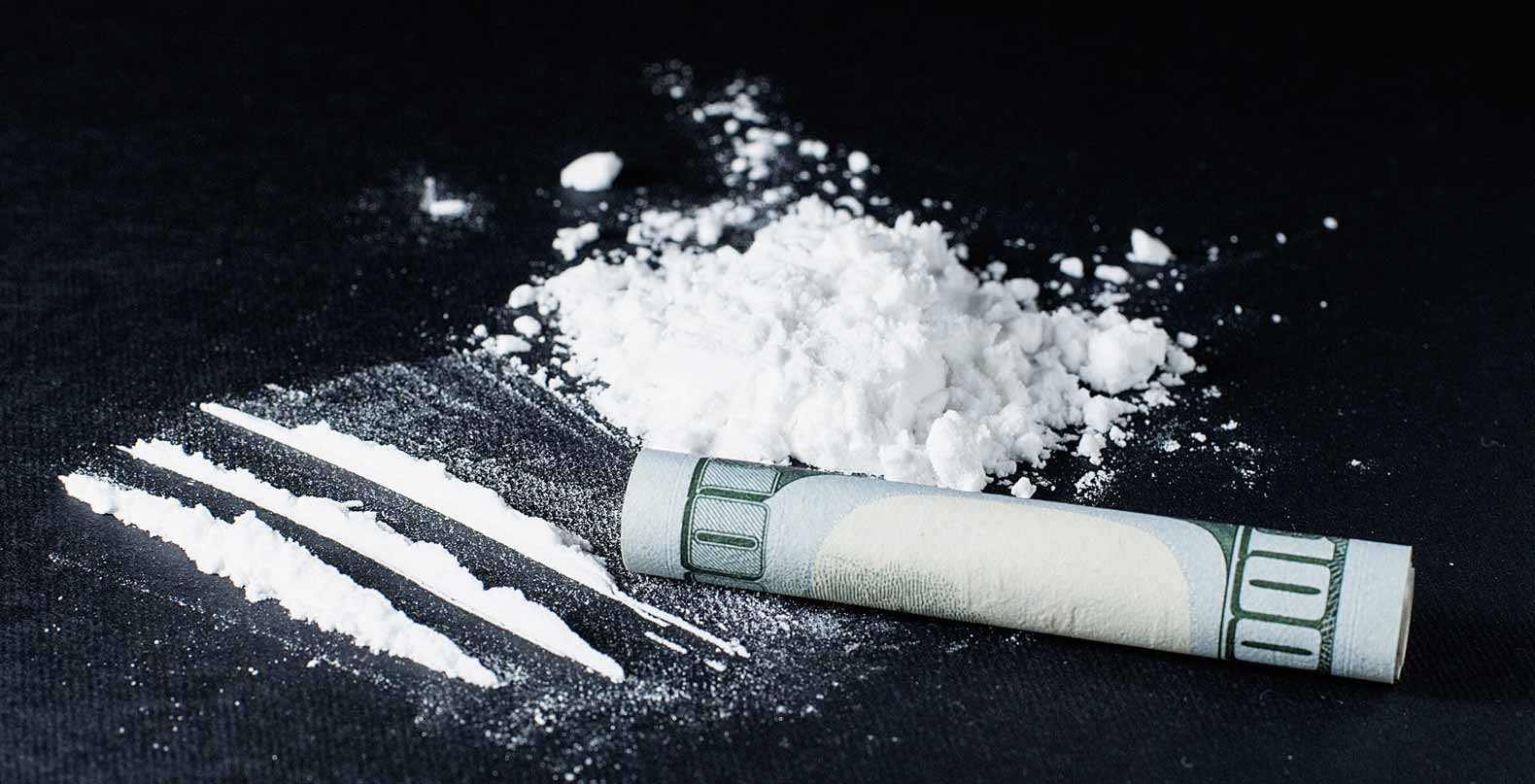Fentapill addiction has been steadily rising in America since 2010, and there are no signs of this trend slowing down. Recent studies have shown that Fentapills dependence has become so widespread that it can be considered an epidemic within the United States.
Prescription drug abuse and addiction have become major issues in communities everywhere, including those where you might least expect it. Every day, people from all walks of life take these prescription drugs to help them combat their various health issues, whether physical or mental.
Here is a deep dive into the danger that is fentapills.
What Is A Fent Pill Or A Fentapill?
A Fent pill or a fentapill is a counterfeit opioid made like fentanyl. These drugs are designed to resemble a blue 30-milligram dose of oxycodone. The only difference is that they have an M-30 label on the pill.
In some cases, fentapills have been designed and disguised as Xanax, Hydrocodone, or Percocet. These pills are highly addictive and have been the cause of a huge number of fatal overdoses.
The Spread Of Synthetic Opioids
Since 1999, synthetic opioids have become a global epidemic. Every year, more and more people die from an opioid overdose. In fact, according to estimates from The Centers for Disease Control and Prevention (CDC), opioids are now responsible for more than 42,000 deaths annually in America.
These drugs include
- Fentanyl,
- Carfentanyl
- Buprenorphine
- Diphenoxylate (Lomotil)
- Difenoxin (Motofen).
Who Is at Risk For Fentanyl?
People prone to addiction or high-risk behavior may be at a higher risk for fentanyl abuse. It is also more prevalent among men than women.
People with a history of drug abuse are in danger of abusing fentanyl and increasing their risk for addiction and overdose.
In addition, individuals in professions that deal with health care, emergency services, law enforcement, and military jobs may have access to fentanyl. They might be tempted to misuse it for illicit purposes.
What Amount of Fentanyl Can Kill You?
Fentanyl is one of the most dangerous prescription drugs on a person’s bathroom shelf. It has taken lives by causing overdoses.
The drug is 100 times more potent than morphine and 30-50 times more potent than heroin. It comes in several forms, including patches that deliver a continuous supply of medication to a patient via transdermal absorption.
Depending on the person’s size exposed to fentanyl, as little as 2 milligrams is enough to kill you. Other factors to consider include tolerance and past usage of the drug. Even a small cut or scrape in your mouth can lead to an overdose
Counterfeit Pill Awareness Efforts
The FDA estimates that less than one percent of medicines manufactured in the United States are counterfeit, but that one percent still leads to thousands of injuries and dozens of deaths every year.
While those numbers are small compared to more common causes of harm, such as car accidents, preventing unnecessary medical injuries and fatalities should be top-of-mind for all professionals involved in pharmaceutical sales and distribution.
Here are a few ways you can get involved in counterfeit drug prevention programs:
- Learn how to identify signs of a fake medication
- Stay up-to-date on legislation concerning pharmaceuticals
- Ask questions when filling prescriptions
- Report suspicious activity via anti-counterfeiting agencies
Recognizing Signs of Opioid Overdose

Opioid medications can help relieve pain, but when not taken as prescribed or when taken in combination with other drugs or alcohol, they can cause an overdose. Opioid overdoses are a growing problem.
- Overdose symptoms include
- Cold and clammy skin
- Unconsciousness
- slow, shallow breathing
- slow heartbeat (30 beats per minute or less)
- Seizures
- Coma
- Cardiac arrest
What To Do When Someone Overdoses
- Don’t panic. Dial 911 for an ambulance.
- Administer CPR if needed.
- If you have naloxone on hand, administer it to help prevent or reverse symptoms of opioid overdose.
- Don’t leave an overdose victim alone. Try to keep them awake.
- Induce vomiting if done within one hour of taking opioids.
- Try to keep them hydrated, warm, and breathe normally until help arrives.
- Do not place an overdose victim in a hot tub or shower to bring down their body temperature, as it can increase the risk of death.
- If they stop breathing, begin CPR immediately.
Effective Fentanyl Treatment Is Available
Addiction can be treated with behavioral therapies and medications, including antidepressants such as SSRIs and cognitive behavioral therapy (CBT). These methods control moods, behaviors, and thinking patterns that promote continued drug use. Medications can include buprenorphine, naltrexone, and methadone.
Prescription drugs approved specifically for fentanyl treatment include Tapentadol ER (Nucynta ER) or sufentanil extended-release tablets. Tapentadol ER: This extended-release tablet is an analgesic and can be taken by mouth only once daily.
Long Term Recovery from Fentanyl
In reality, long-term recovery begins when you have completed treatment. Getting sober is just one part of it, but it is also important to understand that recovery goes on for many years to come.
The most common misconception about long-term recovery is that it will end suddenly at some point; however, addiction is a disease that requires maintenance and support to continue thriving without relapsing or reverting to problematic substance use. It can take several years after treatment ends before an individual can say they are fully recovered.
Facilities like Circle Of Hope are set up to help people struggling with addiction through their long term addiction.
Fentanyl Vs. Heroin

Both substances are part of a larger family of drugs called opioids. They are both highly addictive. Fentanyl is a powerful synthetic opioid that can be administered in several ways, including via a patch on your skin and pill form.
Fentanyl is 50 times stronger than heroin. It’s a prescription drug, but some people have turned to it to treat their addiction because it’s cheaper and more accessible than methadone or buprenorphine.
Heroin, on the other hand, is a highly addictive opiate derived from morphine, which is found naturally in opium poppy plants. Although it is often referred to as smack or junk, heroin usually appears as a white or brown powder, while purer forms can be snorted or liquefied for injection.
Hashtags Associated with Fentanyl
Fentanyl has become an increasingly common way to get high, with use among teenagers increasing since 2010.
The Centers for Disease Control and Prevention say that fentanyl is 50 times more potent than heroin. If you take it intentionally or by accident, you could overdose easily. That’s why it’s important to understand what popular social media Hashtags are associated with fentanyl.
The most popular hashtags associated with #fentanyl include: #OxyContin, #shadyeighties, #oxycodone, #chinawhite, #fentapill, and #opioids, as well as abbreviations such as #fenta, #oxys, and many more.
Social Media and the Sale Of Fent Pills
Few official or even semi-legitimate websites have information about where to buy fent pills. Most social media forums are flush with such sales pitches.
Many social media platforms flag and report any suspected accounts associated with the sale of fent pills. This does not mean that they cannot still be sold on these platforms. They can but disguised as other items. It takes those involved to know what the disguises are.
Unique Characteristics of Fentapills
With fentapills being illegal and counterfeit, those making them try to disguise them as much as they can. Some of the unique characteristics of fentapills include but are not limited to:
- They are sold as prescription pills to young and unknowing victims
- They have made their way onto social media platforms but are sold under disguises.
- Designed to resemble other opioids.
- Most fentapill victims are unwilling.
Prescription Drug Disposal Procedures
If you’re dealing with expired, unused, or unwanted medications, there are a few ways to safely dispose of them.
- Drop off your medications at a disposal site such as those run by local police departments, hospitals, or pharmacies.
- You can also mail unused drugs directly to certain companies.
- And if you want to dispose of pills and other pharmaceuticals at home, you can flush some medications down your toilet and pour others into water — not all drugs are meant for flushing.
- Whatever method you choose, be sure that medicines don’t get into waterways or storm drains.
There is no doubt if or how lethal fentanyl is. Having a counterfeit version of this drug makes things worse. This is especially worse, considering most victims of fent pills are unwilling. The fight against counterfeit pills is one that everyone has to fight. Take a stand and say no to counterfeit pills. Please share this article with anyone you know that may purchase prescription drugs from the ‘street,’ and let them know the very real risks.
And if you or a loved on are struggling with use of fentanyl in pills (or any other form) please don’t hesitate to reach out to the Admissions team at Circle of Hope Treatment. Our dedicated staff have helped clients out of seemingly hopeless situations and into long-term, meaningful recovery, so reach out today to discuss your options for a better life.

